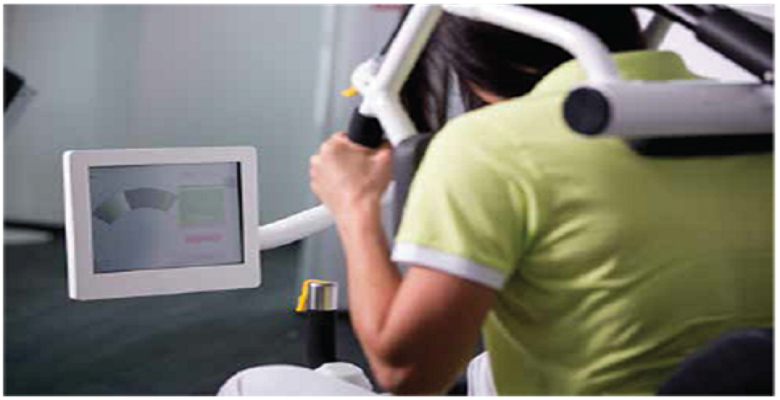With demanding work lives and hours spent sitting on our desks or smartphones, our lifestyle is becoming more sedentary which adds to its own woes in the long run. Such kind of lifestyle changes also leads to issues like Slipped Disc or Herniated Disc.

Slipped disc happens when the soft padding between the two vertebrae’s either wears off or pushes out. Slipped disc can happen in any part of your spine, from your neck to your lower back. Lower back is one of the more prominent areas for slipped disc. Slipped disc presses one of your spinal nerves which can cause severe pain along the path of the compressed nerve. Some of the symptoms of slipped disc include
- Discomfort in the lower back.
- Pain in the hips, legs, and arms
- Numbness, Tingling sensation, and pain in legs & feet
- Muscle weakness
- Increase in the gravity of pain at night
It is recommended that you seek medical assistance if the pain travels downwards. Most patients search for doctor for back pain near me and end up at an orthopedic surgeon. But you should visit a Spine Specialists first in order to take medical assistance. A Spine Specialists near you can ensure you are given safe and effective treatment early on so you do not end up with a risk of spine surgery.
Most common slipped disc condition in women occurs on the L3-L4 & L5 area causing severe lower back pain and pain in the morning and when you sleep. If pain radiates or travels to the leg or arms it is called Sciatica. If you experience this, it is time you visit a Spine Specialist. The Best Spine Specialists do not use surgical methods or medication. They use technology and physical methods to treat back and neck pain.
The causes of slipped disc are:
- Weakness in the musculature
- Age-related wear and tear
- Usage of back muscles to lift heavy weight
- ‘Obesity’ causes more stress on the lower back
- A sedentary lifestyle coupled with lack of exercise
We have a look at how you can treat and reduce pain due to slipped disc
- Self-care – Using a heating pad on the affected area can help numb the pain. Doing regular stretches & light exercises will be instrumental in subsiding the pain.
- Lifestyle changes – Regular exercise, consumption of water at frequent intervals
- Lumbar support belt – Wearing a lumbar support belt can provide a short-term relief
- Maintaining a healthy BMI – You should be physically active and avoid unhealthy habits like smoking, drinking, etc.In fact smoking increases your risk of back pain.
- Painkiller and anti-inflammatory medicines – Although not advised by global guidelines, doctors still prescribe Over the counter medicines like painkillers [Paracetamol, Ibuprofen], anti-inflammatory drugs, muscle relaxants, etc. but this only gives temporary relief
- Guided Device Based Therapy – Many doctors prescribe basic physiotherapy to patients with spine problems, however physiotherapists give at home exercises without accurate diagnosis. These are not even specific for the spine. Therefore it takes longer and many times fails. With Guided Device Based Therapy spine specialist doctors can treat the pain faster and strengthen the weak muscles so slipped disc patients can get back to daily life.
If none of these above treatments work, doctors normally suggest surgery where the doctors would replace the Herniated disc or partially or completely remove the disc. QI Spine Clinic which is India’s first spine care clinic has a better option to slipped disc treatment where surgery can be avoided. The treatment is called The QI Spine Approach. It is a 4-step program
- Cell repair treatment – Improves the healing process and reduces inflammation faster
- Digital Spine Analysis – A test that measures the spine function. It pinpoints the weak areas in the spine.
- Isolation treatment – The weak area in the spine is isolated and the treatment is focused only on that area
- Recurrence management – A proper prevention plan [QI Spine recurrence management program] helps the patient so that there is no recurrence of the pain.
The above program is more efficient since it gives an accurate diagnosis of the problem and also helps the patient avoid surgery.

